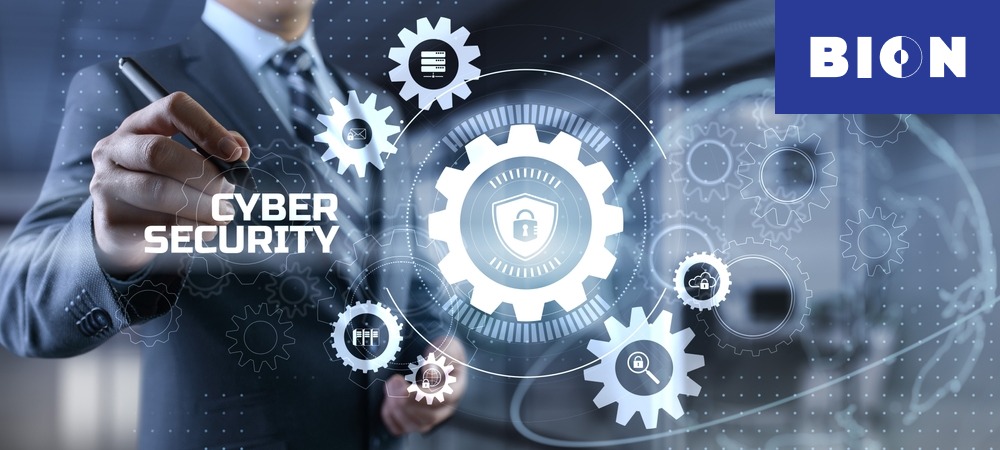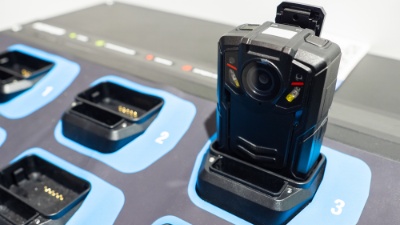Cybersecurity is the practice of protecting critical systems and sensitive information from digital attacks.
“The 2022 Cost of a Data Breach Report by IBM shows the following insights-
83% of organisations studied has more than one Data Breach.
60% of organizations’ breaches led to increases in prices passed on to customers.
79% of critical infrastructure organizations did not deploy a zero-trust architecture.
19% of breaches occurred because of a compromise at a business partner.
45% of the breaches were cloud-based.”
Above research insights shows there are certain actions we can take to counter the increased sophistication of attackers.

Access Control provides access only to authorised personnel and forms a foundation for information security, data protection and network controls.
Credentials, Readers, Smart Devices for Mobile Access, Wireless Locks in Access Control System are increasingly attached to networks and are Cyber Vulnerable.
Access Control System and Smart Devices are all connected to Internet and in the world of IOT (Internet of Things), Cybersecurity remains a major concern.
Emerging threats to an Access Control System are:
- Identity Attacks
- Data Breaches-Accessing Sensitive Information
- Privileges or Permissions to Active Directory, File Systems & Network
- Authentication & Identity Access Management
- Data Loss
Maintaining Cybersecurity is an ongoing process.
Essential Cybersecurity Practices to keep the Access Control Systems secure are:
- Open Supervised Device Protocol (OSDP) for Bi-directional Communication
Access Control Architecture with OSDP Protocol paves the way for secure Data Encryption, Authentication & monitors wiring reducing Tapping & Cyber threats. - AES (Advanced Encryption Standard) Encryption
Smart Readers with AES 256 Encryption transfer encrypted Data and protects from Skimming & Relay Attacks. AES Encryption is used for encrypting extensive database mitigating risk exposure to personal & transaction information. - Mobile Access
Mobile Access has the advantage of built-in multifactor security authentication. - Firmware Updates
Ensuring that the Firmware is updated to reduce attacks of Malware infecting Computer Systems. - Password Policy Enforcement
Change Default Passwords. Enforce Password Policy Practices. Set Password Age. Limit Login Time. Send Email Notifications. Implement Multifactor Authentications. - Deploy Secure Authentication
Manage User Privileges. Control & Manage System privileges.
At Bion, we can protect your business from Data Breaches.
Bion supports compliance across security frameworks by maintaining strict access controls to the concept of zero-trust security that requires users to have authorization and to authenticate themselves before they can access or modify any systems or data.
Email Us and we will ensure that your systems are Secure!









